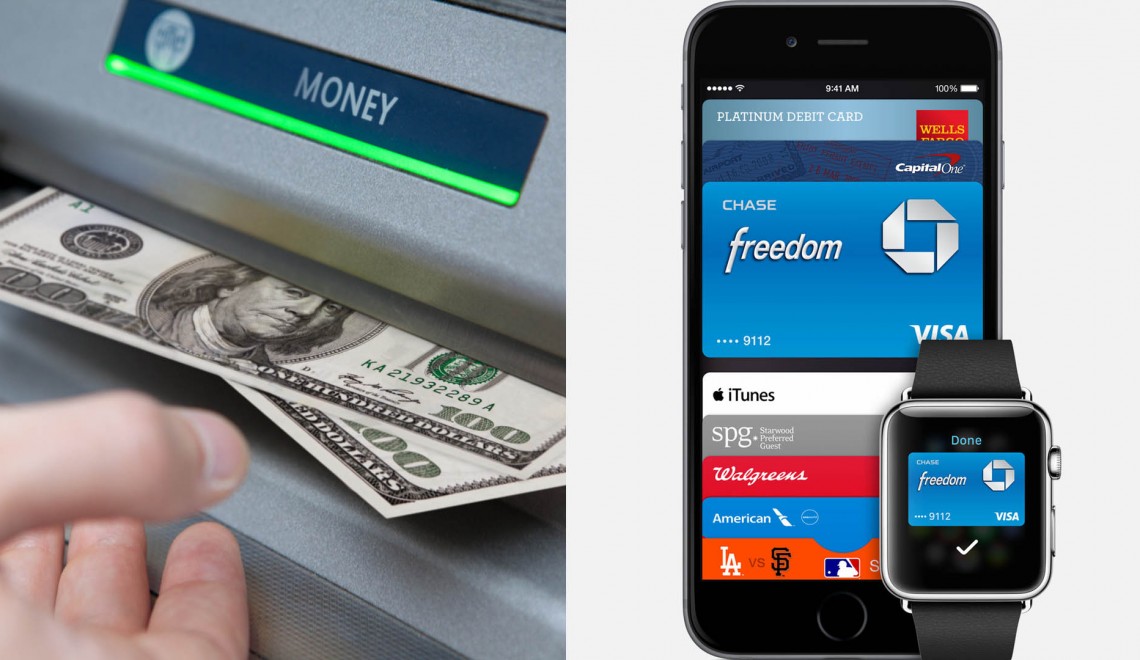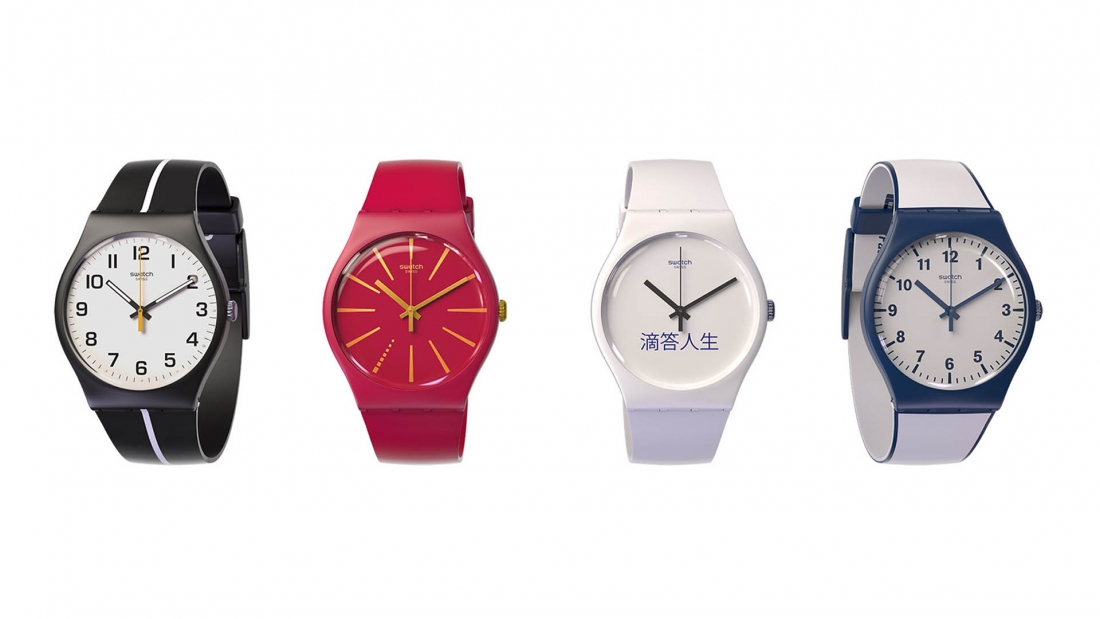Way back in 2012, the world of mobile payments was new, exciting, and largely uncharted. Companies were posturing to figure out what the future of the payments would look like. NFC tech in phones was a fledgling technology and was far from a sure bet for payment tech. It was during this time that a collection of merchants called the Merchant Payment Consortium (MCX) was formed to create their ideal payment system. Paramount for the new system was the ability to collect user data and avoid credit card processing fees. Based on QR codes, the sharing of data between merchants, and direct withdrawals from the user’s checking account, the CurrentC mobile payment system was created. Four years later and still struggling to come to market, MCX finds CurrentC the odd man out.
MCX has just announced that it will postpone the launch of CurrentC. The postponement feels rather permanent as no timeline or next step was provided by MCX. In fact the Consortium simultaneously announced layoffs and a change of business direction. The layoffs appear to be significant, involving around 30 people which seemingly represents around 1/3 of the company’s staff. Looking through the double-talk and corporate jargon of the press release, CurrentC essentially has one foot in the grave. According to the company, the decision was made “utilizing unique feedback from the marketplace and [the] Columbus pilot.” Not sure what this “unique” feedback was, but the “marketplace” has been decidedly vocal against the payment system for some time. The QR system was overly complex, the lack of privacy concerning, and the ability for merchants (or hackers) to draw directly from a bank account scary. By contrast, competing mobile payment systems almost universally rely on contactless NFC tech that hides user data and tokenizes credit card information, valuing privacy above all else.
While the dream of creating a universally accepted mobile payment system might be disappearing for MCX, the tech behind CurrentC is already being used by several companies and merchants. Both Chase and Walmart offer mobile payment systems powered by CurrentC. It is this vender-specific angle that MCX will transition to focusing on. Moving forward, it will be interesting to see if other members of MCX, including CVS and Lowe’s, decide to follow Walmart’s lead and integrate the technology into a branded payment system inside of their own app. Current members of MCX might also follow fellow members Best Buy and Rite-Aid, who began accepting NFC payments (such as Apple Pay and Android Pay) as soon as the CurrentC exclusivity period ended and MCX announced further delays last summer.

So what does all of this mean for mobile payments? Well, CurrentC’s “postponement” of the tech to focus on other business opportunities, pretty much means the decks have been cleared and that NFC stands alone as the future of mobile payments. Besides a few outliers, such as Walmart Pay, LevelUp, and Samsung’s magnetic payment tech (MST), all merchants that accept mobile payments have adopted NFC and nearly every mid-level or better smartphone has the tech built-in. Consumer dislike of the newly required EMV chip built into credit cards is very high, with transactions that used to involve a 1 second swipe now taking 30 seconds or longer for the chip to be read. It is slow, inconvenient, and not a change for the better. In fact, the only people benefiting from the change are merchants and credit card companies, who require the tech to protect against fraudulent charges. NFC based payments offer the same level of protection to merchants and credit card companies, but also offer the consumer speed and convenience. The stage has now been set for the contactless tech’s increased adoption. Banks, in fact, have realized the EMV chip technology is such a step back that many of the largest US commercial banks will soon roll out Apple Pay and Android Pay compatible ATM machines. It will be interesting to see if use and acceptance of NFC based payments continues to grow over the next few months, especially as it is stands alone as the safest, fastest, and most convenient payment option.





